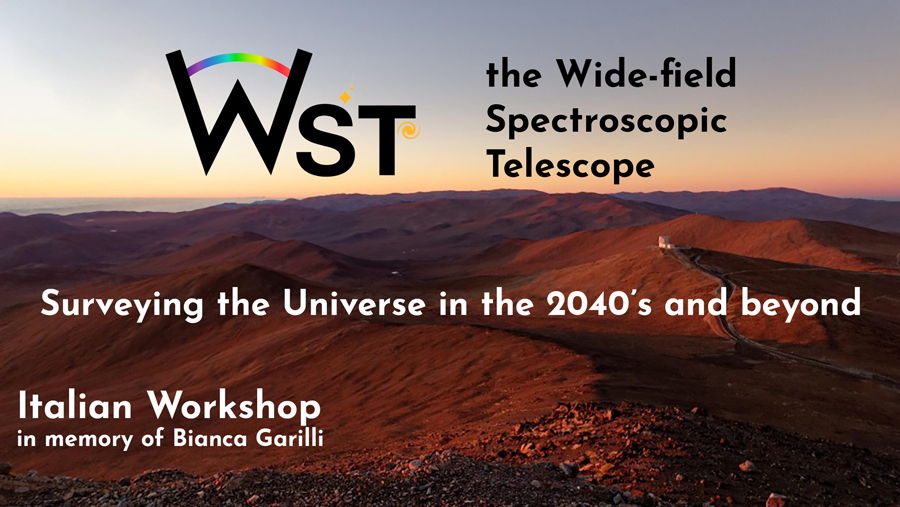Speaker
Description
We present a potential science case for the WST facility, focusing on the detailed characterisation of galaxy stellar populations as a function of the environment. This builds on the analysis we performed on a restricted sample of massive quiescent galaxies in the COSMOS Wall structure at z = 0.73. This structure encompasses a diverse range of environments, from rich and dense clusters to field-like regions, providing a comprehensive laboratory to investigate the interplay between galaxy properties and the environment.
By leveraging spectroscopic data from the LEGA-C survey and photometric data from COSMOS2020 catalog, we used an innovative full-index and photometric joint fitting approach to derive precise stellar population parameters of the Wall galaxies, such as mass-weighted ages, metallicities, and star formation timescales. Our findings from the COSMOS Wall suggest that galaxies in denser environments are more than 1 Gyr older and exhibit shorter star formation timescales compared to their field counterparts, underscoring the role of large-scale structure in the quenching process of galaxies already at z ~ 0.73.
WST will revolutionise the study of galaxy evolution driven by environmental effects at intermediate redshifts. Indeed, WST exceptional multiplexing capability will allow the analysis of thousands of galaxies in each environment—a substantial improvement on available studies— allowing to sample the galaxy population until z ~ 1 and down to log(M/Msol) ~ 9.5, offering unprecedented insights into their stellar populations and baryonic cycle.
Moreover, the wide spectral range covered by WST, unlike the more limited range of current intermediate redshift surveys (e.g. LEGA-C), will enable the access to crucial absorption lines, significantly reducing degeneracies and allowing a more precise characterisation of the stellar population properties, including different chemical compositions, of these galaxies.

